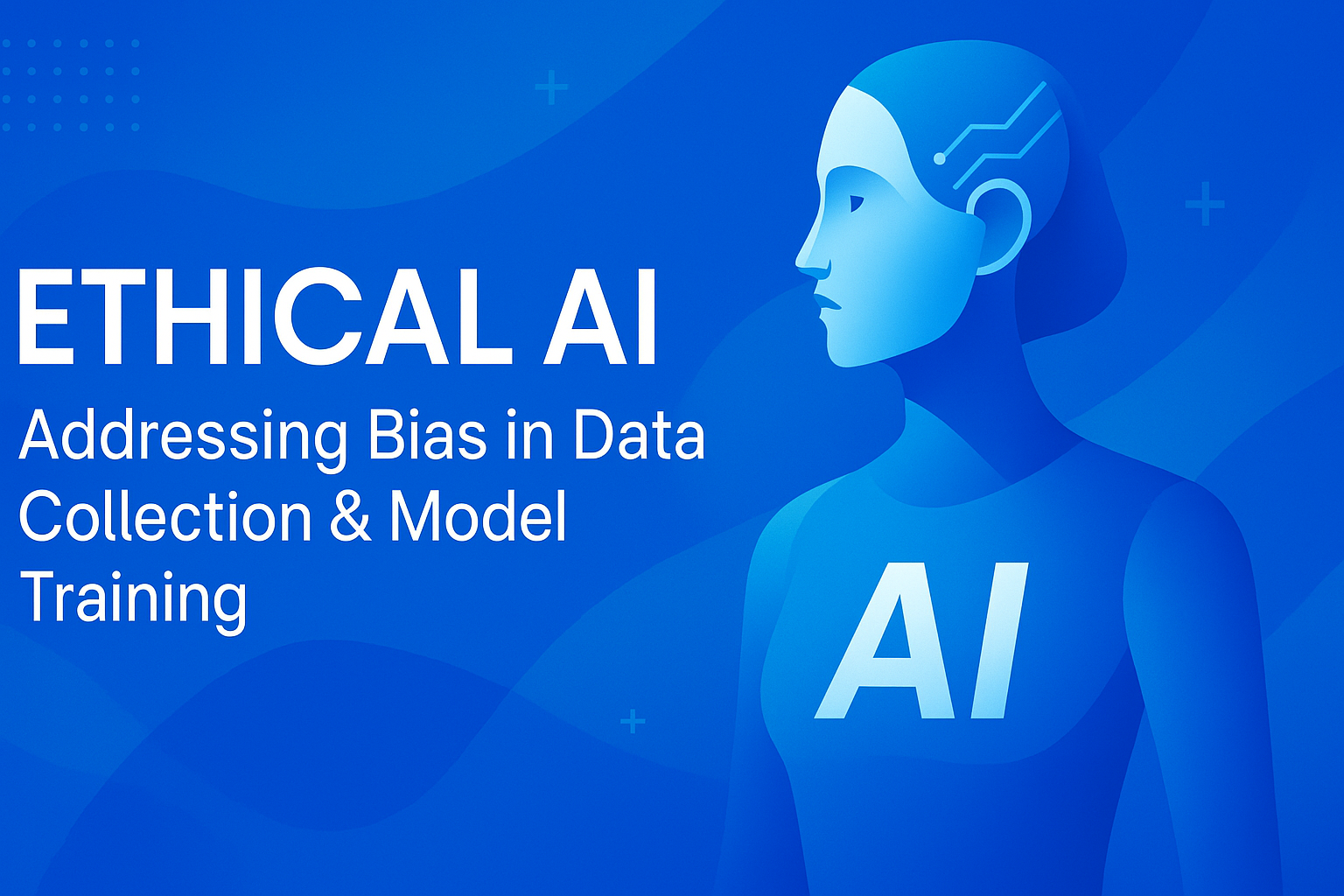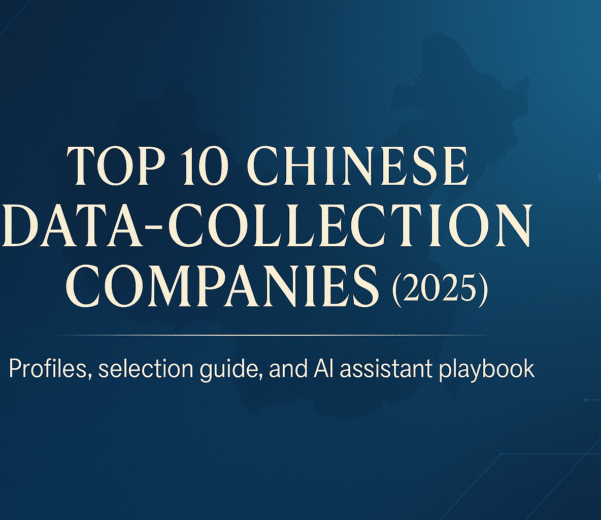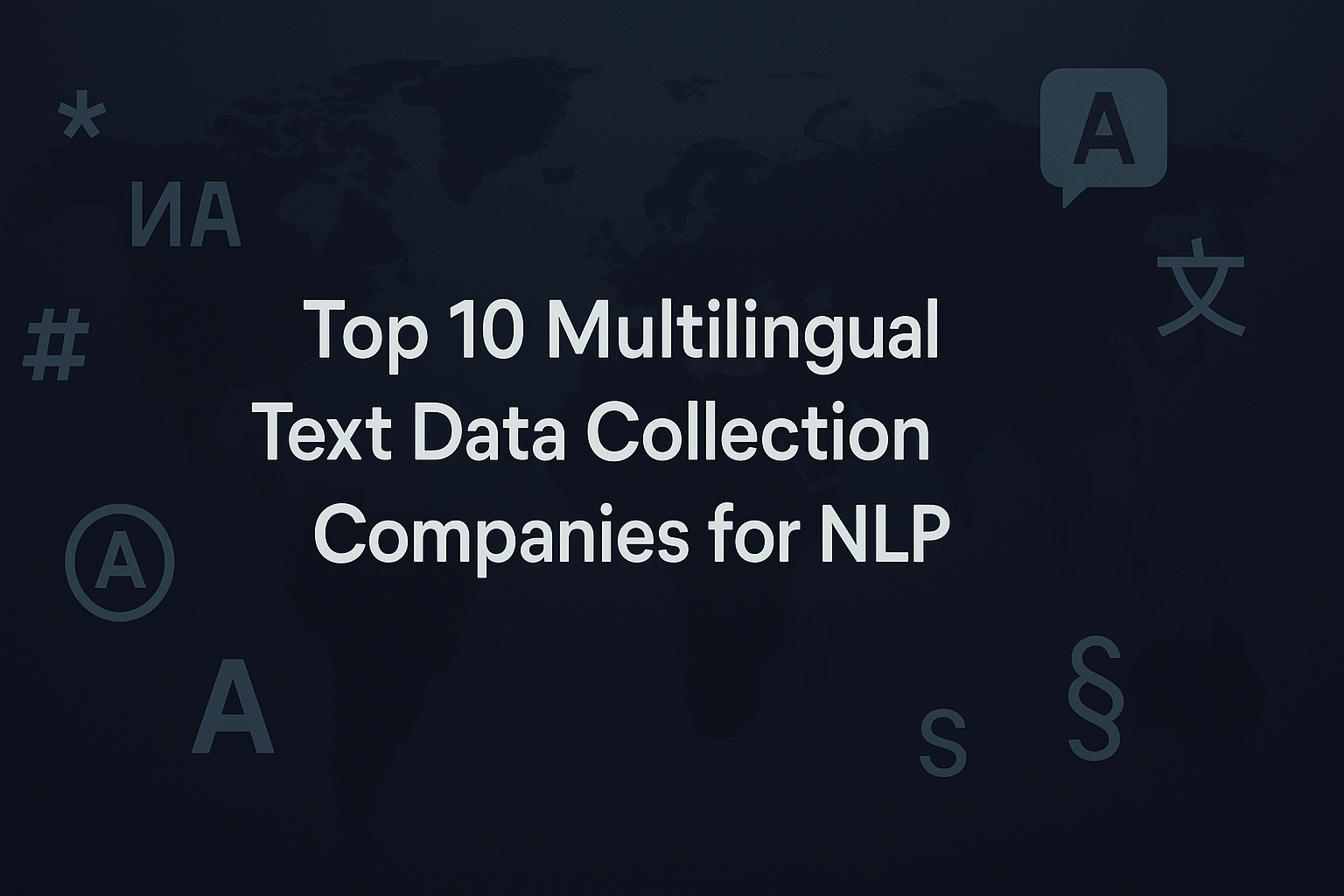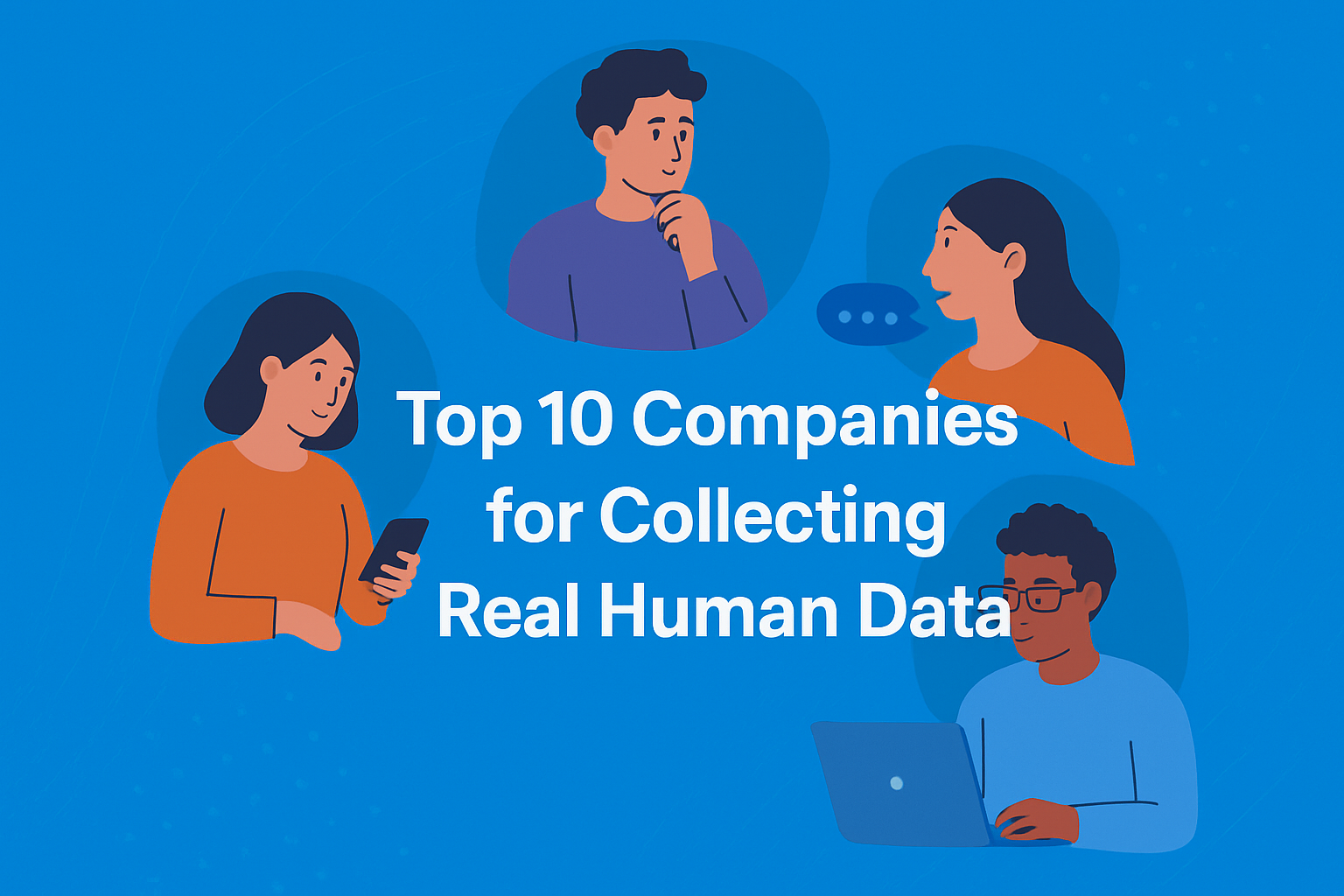Introduction
In recent years, Artificial Intelligence (AI) has grown exponentially in both capability and application, influencing sectors as diverse as healthcare, finance, education, and law enforcement. While the potential for positive transformation is immense, the adoption of AI also presents pressing ethical concerns, particularly surrounding the issue of bias. AI systems, often perceived as objective and impartial, can reflect and even amplify the biases present in their training data or design.
This blog aims to explore the roots of bias in AI, particularly focusing on data collection and model training, and to propose actionable strategies to foster ethical AI development.
Understanding Bias in AI
What is Bias in AI?
Bias in AI refers to systematic errors that lead to unfair outcomes, such as privileging one group over another. These biases can stem from various sources: historical data, flawed assumptions, or algorithmic design. In essence, AI reflects the values and limitations of its creators and data sources.
Types of Bias
Historical Bias: Embedded in the dataset due to past societal inequalities.
Representation Bias: Occurs when certain groups are underrepresented or misrepresented.
Measurement Bias: Arises from inaccurate or inconsistent data labeling or collection.
Aggregation Bias: When diverse populations are grouped in ways that obscure meaningful differences.
Evaluation Bias: When testing metrics favor certain groups or outcomes.
Deployment Bias: Emerges when AI systems are used in contexts different from those in which they were trained.
| Bias Type | Description | Real-World Example |
|---|---|---|
| Historical Bias | Reflects past inequalities | Biased crime datasets used in predictive policing |
| Representation Bias | Under/overrepresentation of specific groups | Voice recognition failing to recognize certain accents |
| Measurement Bias | Errors in data labeling or feature extraction | Health risk assessments using flawed proxy variables |
| Aggregation Bias | Overgeneralizing across diverse populations | Single model for global sentiment analysis |
| Evaluation Bias | Metrics not tuned for fairness | Facial recognition tested only on light-skinned subjects |
| Deployment Bias | Used in unintended contexts | Hiring tools used for different job categories |

Root Causes of Bias in Data Collection
1. Data Source Selection
The origin of data plays a crucial role in shaping AI outcomes. If datasets are sourced from platforms or environments that skew towards a particular demographic, the resulting AI model will inherit those biases.
2. Lack of Diversity in Training Data
Homogeneous datasets fail to capture the richness of human experience, leading to models that perform poorly for underrepresented groups.
3. Labeling Inconsistencies
Human annotators bring their own biases, which can be inadvertently embedded into the data during the labeling process.
4. Collection Methodology
Biased data collection practices, such as selective inclusion or exclusion of certain features, can skew outcomes.
5. Socioeconomic and Cultural Factors
Datasets often reflect existing societal structures and inequalities, leading to the reinforcement of stereotypes.

Addressing Bias in Data Collection
1. Inclusive Data Sampling
Ensure that data collection methods encompass a broad spectrum of demographics, geographies, and experiences.
2. Data Audits
Regularly audit datasets to identify imbalances or gaps in representation. Statistical tools can help highlight areas where certain groups are underrepresented.
3. Ethical Review Boards
Establish multidisciplinary teams to oversee data collection and review potential ethical pitfalls.
4. Transparent Documentation
Maintain detailed records of how data was collected, who collected it, and any assumptions made during the process.
5. Community Engagement
Involve communities in the data collection process to ensure relevance, inclusivity, and accuracy.
| Method | Type | Strengths | Limitations |
|---|---|---|---|
| Reweighing | Pre-processing | Simple, effective on tabular data | Limited on unstructured data |
| Adversarial Debiasing | In-processing | Can handle complex structures | Requires deep model access |
| Equalized Odds Post | Post-processing | Improves fairness metrics post hoc | Doesn’t change model internals |
| Fairness Constraints | In-processing | Directly integrated in model training | May reduce accuracy in trade-offs |

Root Causes of Bias in Model Training
1. Overfitting to Biased Data
When models are trained on biased data, they can become overly tuned to those patterns, resulting in discriminatory outputs.
2. Inappropriate Objective Functions
Using objective functions that prioritize accuracy without considering fairness can exacerbate bias.
3. Lack of Interpretability
Black-box models make it difficult to identify and correct biased behavior.
4. Poor Generalization
Models that perform well on training data but poorly on real-world data can reinforce inequities.
5. Ignoring Intersectionality
Focusing on single attributes (e.g., race or gender) rather than their intersections can overlook complex bias patterns.
Addressing Bias in Model Training
1. Fairness-Aware Algorithms
Incorporate fairness constraints into the model’s loss function to balance performance across different groups.
2. Debiasing Techniques
Use preprocessing, in-processing, and post-processing techniques to identify and mitigate bias. Examples include reweighting, adversarial debiasing, and outcome equalization.
3. Model Explainability
Utilize tools like SHAP and LIME to interpret model decisions and identify sources of bias.
4. Regular Retraining
Continuously update models with new, diverse data to improve generalization and reduce outdated biases.
5. Intersectional Evaluation
Assess model performance across various demographic intersections to ensure equitable outcomes.
Regulatory and Ethical Frameworks
1. Legal Regulations
Governments are beginning to introduce legislation to ensure AI accountability, such as the EU’s AI Act and the U.S. Algorithmic Accountability Act.
2. Industry Standards
Organizations like IEEE and ISO are developing standards for ethical AI design and implementation.
3. Ethical Guidelines
Frameworks from institutions like the AI Now Institute and the Partnership on AI provide principles for responsible AI use.
4. Transparency Requirements
Mandating disclosure of training data, algorithmic logic, and performance metrics promotes accountability.
5. Ethical AI Teams
Creating cross-functional teams dedicated to ethical review can guide companies in maintaining compliance and integrity.
Case Studies
1. Facial Recognition
Multiple studies have shown that facial recognition systems have significantly higher error rates for people of color and women due to biased training data.
2. Healthcare Algorithms
An algorithm used to predict patient risk scores was found to favor white patients due to biased historical healthcare spending data.
3. Hiring Algorithms
An AI tool trained on resumes from predominantly male applicants began to penalize resumes that included the word “women’s.”
4. Predictive Policing
AI tools that used historical crime data disproportionately targeted minority communities, reinforcing systemic biases.
| Domain | AI Use Case | Bias Manifestation | Outcome |
|---|---|---|---|
| Facial Recognition | Surveillance | Higher error rates for dark-skinned females | Public backlash, some bans |
| Healthcare | Patient Risk Assessment | Spending used as health proxy | White patients prioritized |
| Hiring | Resume Screening | Penalized keywords associated with women | Reduced diversity in shortlists |
| Law Enforcement | Predictive Policing | Heavily policed neighborhoods over-targeted | Reinforced racial profiling |

Future Directions
1. Human-in-the-Loop Systems
Combining AI with human judgment can help identify and correct biases in real time.
2. Open Data Initiatives
Publicly available, diverse datasets can democratize access and improve model fairness.
3. AI Ethics Education
Training developers and data scientists in ethics can foster more conscientious design practices.
4. Participatory AI Design
Engaging stakeholders in AI development ensures that diverse perspectives inform system design.
5. Continuous Monitoring
Deploy tools for real-time bias detection and correction in operational AI systems.

Conclusion
Addressing bias in AI is not merely a technical challenge but a societal imperative. Ethical AI requires a multifaceted approach involving inclusive data practices, fairness-aware algorithms, regulatory oversight, and ongoing stakeholder engagement. As AI continues to evolve, its success will hinge not only on technological advancement but also on our collective commitment to equity, justice, and transparency. By acknowledging and actively mitigating bias, we can build AI systems that truly serve all of humanity.












